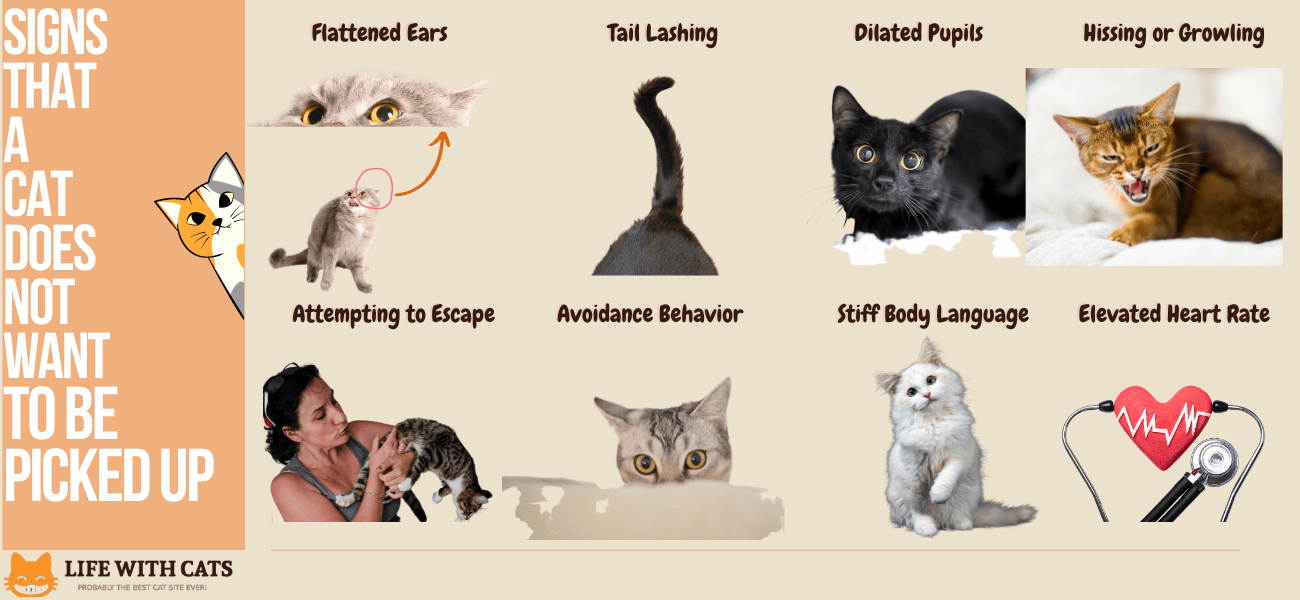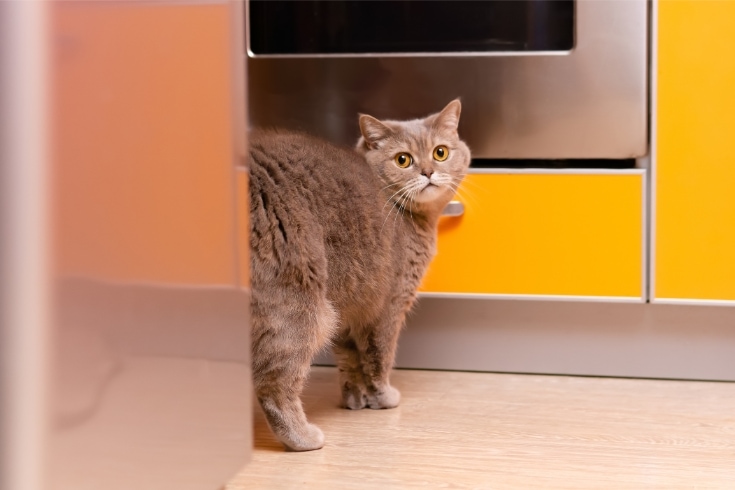Tips on handling a cat safely
How to Pick Up and Hold a Cat – Expert Guide gives important advice on lifting and holding our feline friends. Lifting a cat the wrong way can cause them stress or even injury. The article explains the correct techniques to ensure both the cat and the person feel safe and comfortable.
Handling a cat requires a gentle approach. Cats are very sensitive to touch and can quickly become distressed if not handled properly. Here are some key tips to keep in mind:
- Approach Calmly: Move slowly and speak softly to your cat. Sudden movements or loud sounds can scare your cat.
- Read Body Language: Pay attention to signals your cat gives you. If they seem nervous or unhappy, it’s better to wait.
- Support the Body: When lifting, place one hand under the chest and the other under the hindquarters. This provides the necessary support.
- Hold Securely: Bring your cat close to your chest. Holding them securely helps them feel safe. Avoid squeezing too tightly.
- Keep Sessions Short: Not all cats like being held for long periods. Start with short holding sessions and gradually increase the time if your cat seems comfortable.
Correctly handling a cat is very important for both the cat’s and your safety. Here’s a quote that captures this well:
“Cats are wonderful companions, but they require understanding and gentle handling to build trust and ensure they feel safe in our care.”
Following these tips can go a long way in ensuring your cat is calm and happy when being picked up and held. To learn more, check out the full guide on Life With Cats.

Understanding your cat’s preferences
Understanding your cat’s preferences can significantly improve your relationship with your furry friend. Each cat has a unique personality and set of preferences, just like humans. Recognizing and respecting these preferences can make a world of difference in how your cat responds to being picked up and held.
Consider various factors that influence your cat’s preferences, such as socialization, personality, and previous experiences. Understanding these can guide you on how to approach and handle your cat.
Socialization
Socialization plays an important role in how cats react to being picked up. Kittens that are gently handled and socialized from a young age are more likely to be comfortable with being held. Conversely, cats that weren’t socialized early may find being held stressful.
Personality
Just as people have different personalities, so do cats. Some cats are naturally more affectionate, confident, and tolerant, making them more receptive to being held. On the other hand, some cats are more independent or skittish and may not enjoy being handled as much.
Previous Experiences
Your cat’s past experiences also play a significant role. Cats that have had negative experiences, like being held too tightly or abruptly, may develop a resistance to being picked up. In contrast, cats with positive experiences are more likely to enjoy being held.
Here’s a table summarizing the main factors affecting a cat’s preferences:
| Factor | Effect on Preference |
|---|---|
| Socialization | Early handling often leads to comfort with being held. |
| Personality | Affectionate and confident cats are generally more receptive. |
| Previous Experiences | Positive experiences lead to acceptance; negative experiences cause resistance. |

By understanding and respecting your cat’s unique preferences, you can create a more positive and trustful relationship with her. Take the time to observe her behavior and body language when you approach her. If she seems relaxed and receptive, proceed slowly and gently in picking her up. If not, give her space and try again later. Building trust and understanding her comfort level are key to a happy and harmonious relationship with your cat.
Signs your cat does not want to be picked up
Recognizing when your cat doesn’t want to be picked up is important to maintaining her trust and preventing stress. Cats communicate their discomfort through various signals. Learning to identify these signs can help you handle your cat more effectively and keep her relaxed.
- Flattened Ears: If your cat’s ears are flat against her head, it’s a sign of fear or anxiety. It’s best to leave her alone when you see this sign.
- Tail Lashing: A cat whipping her tail back and forth is likely upset or agitated. Attempting to pick her up in this state can lead to scratches or bites.
- Dilated Pupils: Enlarged pupils indicate high alert. Your cat might be ready to flee or defend herself, so avoid picking her up.
- Hissing or Growling: Vocal signs like hissing or growling mean your cat is feeling threatened. Back off to avoid escalating her stress.
- Attempting to Escape: If your cat is wriggling and trying to break free, let her go. Forcing the issue could damage your relationship with her.
- Avoidance Behavior: Cats often hide or run away when they don’t want to be picked up. Respect their need for space and try again later.
- Stiff Body Language: A tense body suggests your cat is uncomfortable. Try petting her gently until she relaxes before attempting to lift her.
- Elevated Heart Rate: You might notice your cat’s rapid breathing or feel her heart racing. This is a sign of stress, so pause and comfort her first.
Understanding these signs can prevent negative experiences for your cat. Always approach her calmly and observe her behavior before trying to pick her up. If she shows any of these signs, give her some space and try again later. By doing so, you’ll build a better trust relationship with your furry friend and make handling her a more positive experience for both of you.

If you want more tips on handling and understanding your cat, check out the full post at How to Pick Up and Hold a Cat – Expert Guide.

